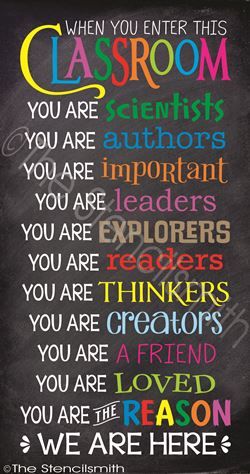What are the new and current trends in English Language Teaching and Learning Research?
1) Task-based and Situated Language Learning and Teaching are among the
latest trends in Elt nowadays and utilizing these approaches in
Multi-User 3d virtual environments where users can have varieties of
learning experiences in life-like environments (second life is the best)
is said to change the nature of the learning experience. If anyone is
interested in learning more, I can share a collection of related papers.
2) Blended learning is the approach that is at the cutting edge in education and with a wide range of possibilities for ELT. It helps teachers optimize language learning and teaching by using ICT (Information and Communication Technology) resources (internet, web-based tools, CD-Roms, etc.) in combination with face-to-face sessions. E-learning that encompasses the use of technological and electronical support for educational purposes embraces blended learning.
3) Е -learning and how it can be applied to ELT is probably a good area for research as the internet becomes more available to an ever wider group of students. How students interact and how the systems used facilitate that interaction is a question which will need to be understood to increase the effectiveness of this medium.
4) CLIL (Content and Language Integrated Learning) is being said one of the latest trends in ELT. The pursuit of this model is to make a link between language learning and content development. That is to say, English learning is more oriented around school subjects (History, Science, Geography) development. The underlying principle is that english should not be the end of a language program but the means through which learners will acquire knowledge in other fields.
I think that this is a more academic and scientific orientation for which we,teachers, have to be well prepared. The approach demands not only the mastery of English and the management of ELT methods but certain degree of specialization in some disciplines.
2) Blended learning is the approach that is at the cutting edge in education and with a wide range of possibilities for ELT. It helps teachers optimize language learning and teaching by using ICT (Information and Communication Technology) resources (internet, web-based tools, CD-Roms, etc.) in combination with face-to-face sessions. E-learning that encompasses the use of technological and electronical support for educational purposes embraces blended learning.
3) Е -learning and how it can be applied to ELT is probably a good area for research as the internet becomes more available to an ever wider group of students. How students interact and how the systems used facilitate that interaction is a question which will need to be understood to increase the effectiveness of this medium.
4) CLIL (Content and Language Integrated Learning) is being said one of the latest trends in ELT. The pursuit of this model is to make a link between language learning and content development. That is to say, English learning is more oriented around school subjects (History, Science, Geography) development. The underlying principle is that english should not be the end of a language program but the means through which learners will acquire knowledge in other fields.
I think that this is a more academic and scientific orientation for which we,teachers, have to be well prepared. The approach demands not only the mastery of English and the management of ELT methods but certain degree of specialization in some disciplines.


Коментарі